
Mid-life hypertension is a risk factor for cognitive decline. A 10 mm Hg rise in systolic pressure led to an intermediate cognitive decline in 7% of the cohort on follow-up.

Mid-life hypertension is a risk factor for cognitive decline. A 10 mm Hg rise in systolic pressure led to an intermediate cognitive decline in 7% of the cohort on follow-up.

The sphenopalatine ganglion (SPG) has recently been the target of a novel treatment for patients with cluster headaches. A sham-controlled randomized study of an implantable stimulator of the SPG offers encouraging preliminary results.

This week’s questions challenge your dermatologic and radiologic skills, and then some. See how you fare…
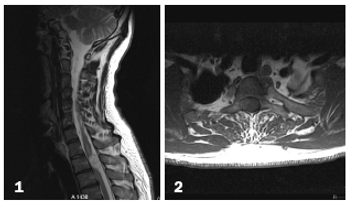
Images: Horner syndrome, neurofibroma, sciatica, ulnar neuropathy, intradural extramedullary schwannoma (neurinoma), moyamoya syndrome and stroke.
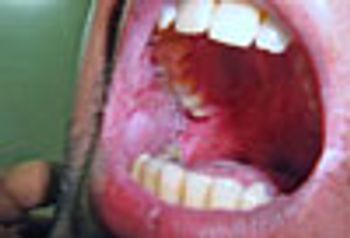
A 53-year-old man became concerned when ever-increasing numbers of painful oral lesions developed on the buccal mucosa and tongue. A bland diet did not help. What does this look like to you? Test your clinical acumen with this week's quiz questions.

Researchers have devoted themselves to devising ways of blocking the production or accumulation of beta-amyloid. Now scientists are studying other protein targets, including tau.

Most doctors are burned out, overworked, or exhausted. Physicians rarely ask for help.

Mucormycosis, an angioinvasive yeast infection of the Mucorales order of the class of Zygomycetes, often grows in patients with diabetes mellitus, especially in the presence of diabetic ketoacidosis.

Test your clinical skills in this week’s 5-question quiz.
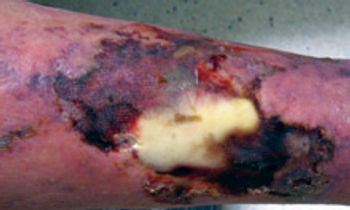
Preseptal cellulitis, myasthenia gravis, squamous cell carcinoma, atheromatous embolism, calciphylaxis are shown here.

My first patient had so many things wrong; he left before I could examine his heart and lungs, ask about chest pain, or reconcile his medication list. After his visit, veteran clinic staff noted they hadn’t seen Jim for years and were surprised he had come in at all. I felt the totality of my medical education had been squandered. They kindly reminded me it had just begun.

A 9-kg 15-month-old girl with new-onset generalized tonic-clonic seizure was discharged with instructions to take carbamazepine suspension (45 mg PO BID [10 mg/kg/d]), which she'd been receiving in the hospital. In the clinic, her carbamazepine blood level was subtherapeutic. The dose was increased to 68 mg PO BID. A week later, the carbamazepine level was still subtherapeutic, but no doses had been missed. What’s the problem here?

If drugs could be developed to target tau, they might prevent much of the neurodegeneration that characterizes Alzheimer disease and help prevent or delay dementia.

Most patients have a sophisticated idea of what causes their headaches, but the chances of this information being wrong are higher than desirable unless the patient formally experimented with triggers.

Heart disease and stroke risk prediction tools may be more useful in predicting cognitive decline in middle-aged patients than a dementia risk test, according to a new study.

Persons who eat a high-fiber diet experience a lower risk of first-time stroke, according to a new meta-analysis that supports current guidelines to increase fiber consumption.

Adding informal, unpaid care to the equation as much as doubled the estimated total national costs.

With no drugs to offer a cure for multiple sclerosis, clinicians should have a wide variety of treatment options available for their patients.

Leukemia, brain tumors (glioma, medulloblastoma), and neuroblastoma constitute the most common types of childhood cancers.

The reduction in dementia is not simply the result of the drugs reducing their blood pressure.

This condition is a more important risk factor than previously thought and should not be taken lightly.
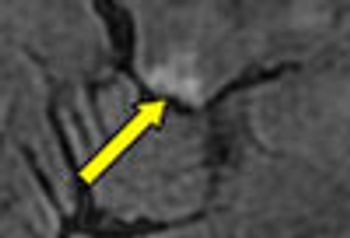
Does this look like melanoma? Which is not true of Löfgren syndrome? Yoga and Afib; what cause of mental confusion? Skin lesions and HIV.. . . See if you can answer this week's quiz questions.

Löfgren syndrome is a form of acute sarcoidosis characterized by a triad of symptoms: hilar adenopathy, erythema nodosum, and arthralgias.
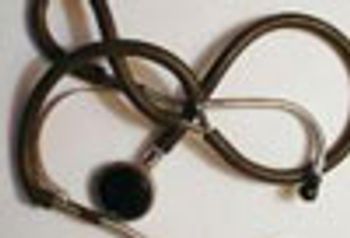
Stroke survival and thoughts of suicide; PCP shortage; pediatric headache treatments; antidepressants and prolonged QT interval; calcium supplements, men, and CVD.

Topiramate and trazadone showed only limited efficacy in pediatric headache. For flunarizine, pizotifen, propranolol, and valproate, no evidence was found to support their use.